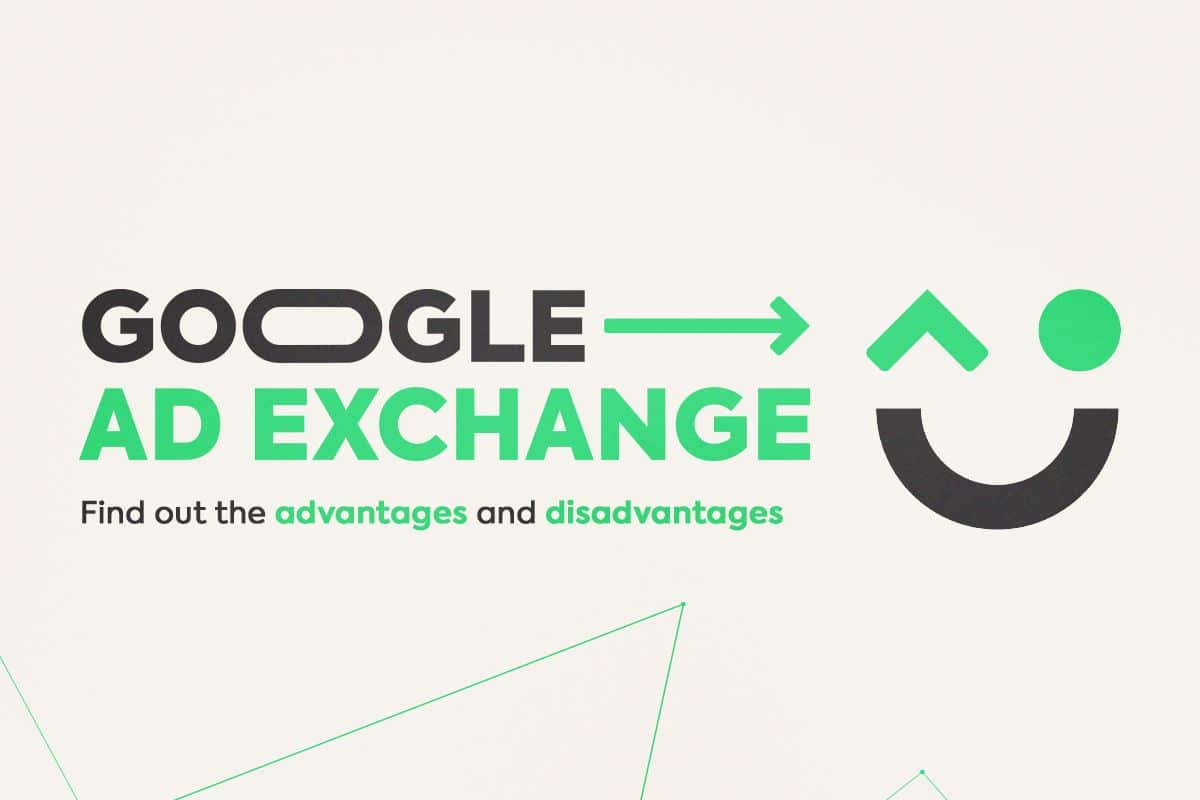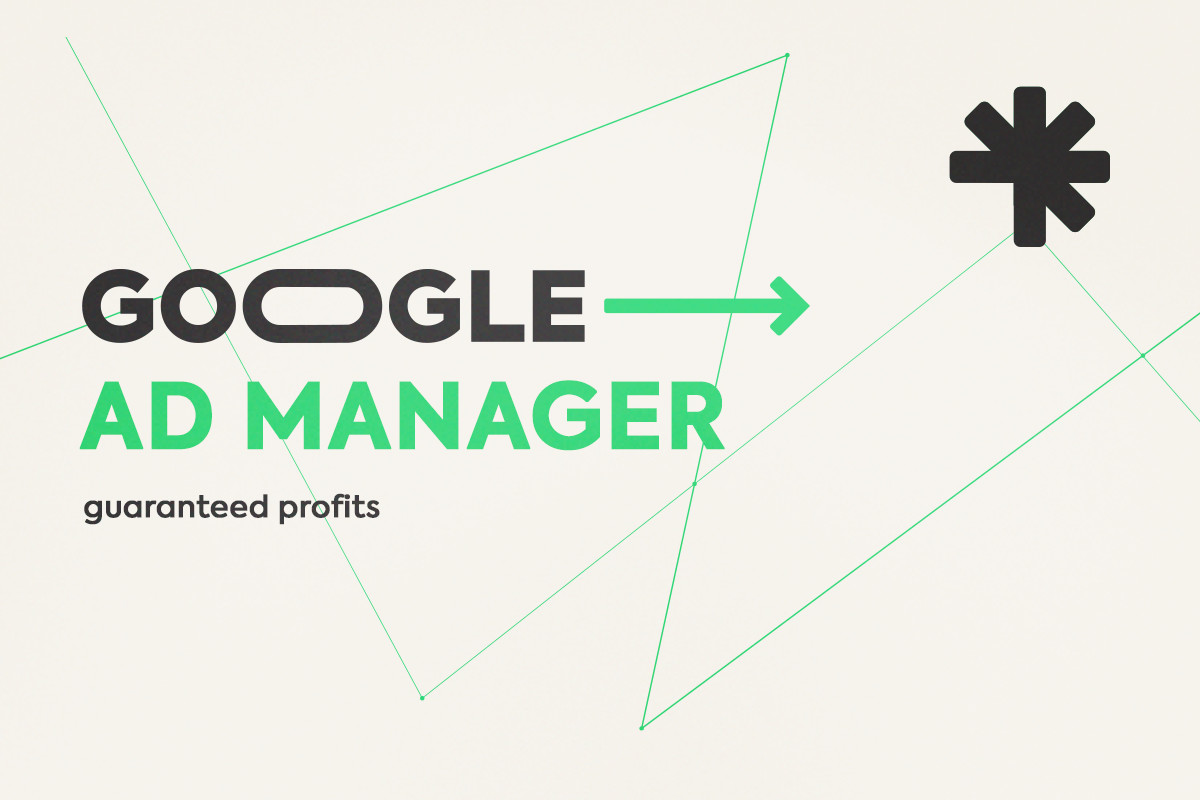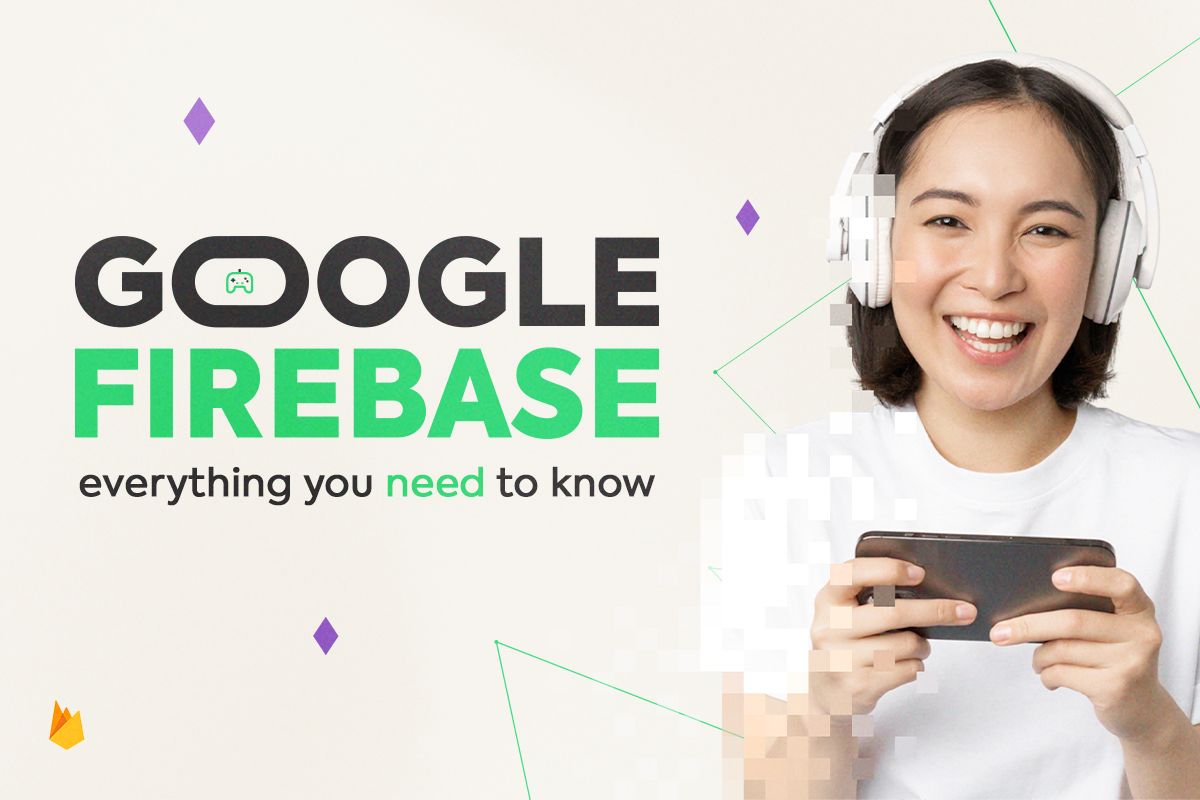Explore the advantages and disadvantages of monetizing with Google Ad Exchange. Make the most of this real-time ad platform to optimize your online earnings.
If you are a Grumft ad partner, welcome to our blog. But if you’re not, we hope this content motivates you to explore our exclusive programmatic solutions for publishers, app developers, and advertisers. In this article, we’ll delve into the advantages and disadvantages of Google Ad Exchange and how it can boost your online earnings.
Index
What is Google Ad Exchange?
Google Ad Exchange is an online advertising auction platform developed by Google. It allows advertisers to buy ad spaces in real-time on various sites and apps programmatically. Auctions take place in real-time, and publishers can set the price floor for ad space, with the auction happening automatically.
Why is Google Ad Exchange Important?
There are several reasons that make Google Ad Exchange essential, placing it among the world’s leading programmatic advertising platforms.
Some key reasons for Google Ad Exchange’s importance include:
- Scale: Google Ad Exchange grants access to an extensive inventory of advertising.
- Efficiency: The process of buying and selling ads on Google Ad Exchange is highly automated, helping advertisers reach their target audience efficiently and cost-effectively.
- Advanced Targeting: Google Ad Exchange offers advanced targeting options, including demographics, interests, behaviors, and geographic location.
- Measurement and Optimization: Google Ad Exchange enables advertisers to enhance real-time ad campaign performance and optimize advertising strategies to maximize ROI.
How Does Google Ad Exchange Work?
As you may already know, Google Ad Exchange is an automated system that benefits advertisers through its advanced segmentation criteria, while publishers and developers can monetize their sites and apps with control. In general, Google Ad Exchange works as follows:
- The process starts when a user accesses a site or app participating in Google Ad Exchange.
- Ad space is made available for purchase on Google Ad Exchange through a real-time auction. Publishers can set the price floor for the ad space.
- Advertisers use Google Ad Manager to create ads and set segmentation parameters like demographics, interests, behaviors, and geographic location.
- Advertisers bid in real-time to acquire the available ad space. The highest bidder wins the auction.
- The winning ad is displayed in the site or app’s ad space.
- Ad performance is measured in real-time, and advertisers can use this data to adjust their ad strategies and optimize ROI.
What Are the Advantages of Google Ad Exchange?
- Large Advertiser Base: Google Ad Exchange boasts a broad base of advertisers, offering ample opportunities for publishers and developers to monetize their sites and apps through ad displays. The platform has over 1.5 million advertisers worldwide.
- Fill Rate: Google Ad Exchange is known for its high ad fill rate, meaning there’s a high probability that an ad will be displayed in a given ad space, increasing revenue for publishers and app developers as there are fewer empty spaces.
- Variety of Ad Formats: Google Ad Exchange offers a wide range of ad formats, including banners, video ads, and native ads. This allows publishers to choose the ad format that best suits their content and audience.
- Editor Control Over Ad Display: Google Ad Exchange lets publishers and app developers control ad display. They can set filters to block ads from certain advertisers or ad categories that may not be appropriate for their audience.
What Are the Disadvantages of Google Ad Exchange?
- Requires Significant Traffic: To be eligible for Google Ad Exchange, publishers and app developers need substantial traffic, which can be challenging for newer sites and apps. However, there’s still the possibility of gaining access through a Google Adx Partner.
- Requires Technical Knowledge: Google Ad Exchange is a complex platform that requires technical expertise for proper configuration. This can be a challenge for publishers and app developers without technical experience.
- Competition with Other Advertisers: Google Ad Exchange is a real-time ad marketplace, meaning advertisers compete for available ad spaces. This can result in lower prices for ads displayed in certain ad spaces.
- Revenue Sharing: Google Ad Exchange shares a percentage of the revenue generated by ads displayed on sites or apps, meaning you don’t receive 100% of the ad revenue.
Google Adx Partner
Gaining access to Google Ad Exchange can be challenging. Currently, the only solution for those without their Adx account is to partner with authorized vendors like Google Publishing Partners and the Multiple Customer Management (MCM) program.
Through these partnerships, publishers and app developers can access Adx by paying a small fee, usually through revenue sharing. In these negotiations, authorized vendors may offer several benefits beyond AdX demand access, such as ad optimization, infrastructure, and other possibilities.
Final Thoughts
Monetizing your site or app can be a challenge, but with Google Ad Exchange and the support of an authorized partner like Grumft, you can effectively boost your online earnings. By considering the advantages and disadvantages of this platform, you’ll be well-prepared to make informed decisions and achieve success in monetization.
Seize all the opportunities Google Ad Exchange offers and turn your content into a lucrative source of revenue. Count on us to support you in this journey to maximize your online earnings.





